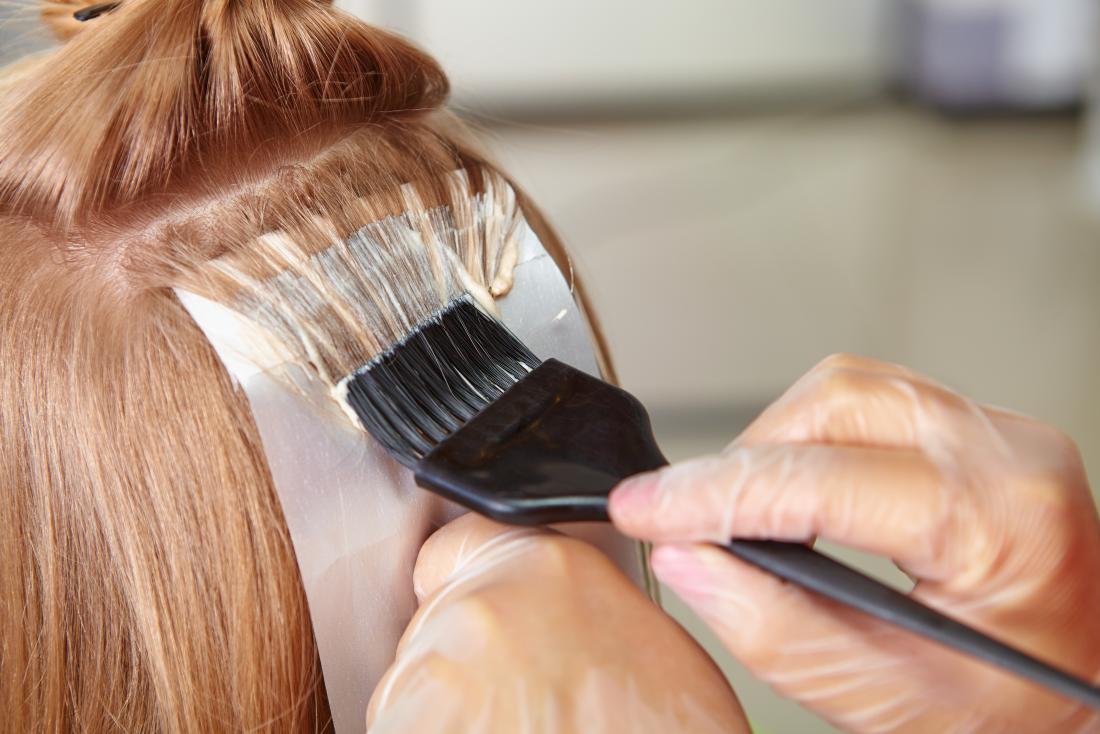Hair dyes serve multiple purposes. Some people have grey hair, and they do care. So, they load up on the dyes to hide the pesky white strands. Other have conditions that result in premature greying of the hair, causing them to rely on hair dyes to rid themselves of the silver mane.
Yet for others, hair dyes are a matter of fashion statement. They want to change their entire look, and something as simple as hair dye can help them achieve that. Moreover, the way of application of dyes is also different; streaks, highlights, low lights, balayage. The tricks of the trade are aplenty.
And while it can be rather fun to experiment with looks; going pink or blue or a more subtle auburn, seldom do we talk about the caveats that come with this change in the look, especially when going DIY on the hair treatment, rather than relying on the hairdresser.
Hair dyes are essentially strong chemicals that can react with the skin of the scalp. Without the knowledge of the risks of hair dyeing and their remedies, you can suffer from complications that require intervention by the Best Skin specialist in Karachi then.
Thus, it is imperative to follow the hair dyeing protocols to save yourself from unwanted outcomes.
What Causes The Reaction?
Most often, the reaction to dyes stem from the presence of paraphenylenediamine (PPD) present in the dyes. It is often used in black and dark brown dyes and can irritate the skin.
It is therefore very vital for people to follow instructions on the box regarding dye usage, as ignoring safety instructions can be very hazardous. People who have black henna tattoos or have had them should be careful as well.
These tattoos have high levels of PPD in them, and when skin is further exposed to the chemical via the dye, one can get life-threatening allergic reaction.
However, at times the reactions can also stem from other chemicals ammonia, peroxide etc. that are used in the dyes.
Symptoms Of The Reaction
Mild Irritation
In case of mild irritation to PPD, one can experience irritation on and around the scalp. Inflammation can also be present on the head, neck, ears, forehead, eyelids.
It can also lead to formation of blisters on the skin alongside burning and stinging. Often, these symptoms manifest within 48 hours, however, for in case the reaction is stronger, the symptoms can appear almost immediately.
Dermatitis
Due to allergy to the dye, one can also get contact dermatitis. Symptoms of this condition include hives or welts on the skin, inflammation of the head, itching in the eyes, stinging, or burning sensation on the skin.
It can also lead to beathing problems, sneezing, wheezing and trouble breathing etc.
The symptoms generally take hours to appear.
Anaphylactic Shock
Albeit rarer, people can also get anaphylactic shock from the reaction to the dye. Symptoms include rashes or swelling on the skin, breathing difficulty due to swelling of the throat and tongue, nausea, vomiting etc. If timely medical aid is not given, the reaction can be fatal as well.
Treating Reactions
For an immediate reaction with mild symptoms, it is best to wash hair and scalp with shampoo to get rid of the residual dye. Using emollients can help give the scalp reprieve from the irritation.
One can also use corticosteroid skin creams in the aftermath of dermatitis. This cream can be applied on all the affected areas, barring the eyes.
It is also recommended that hair be rinsed with 2% hydrogen peroxide solution to neutralize PPD and therefore make it non-reactive.
Avoiding These Reactions
A rule of thumb to be followed every time you use any product to the skin is patch testing. This way, you can be cognizant of any allergies you might have, with minimal cost paid.
Following on the instructions on the pack is also important; each brand has different time of application and quantity ratio. So, read the pamphlets and make sure to follow care instruction. Also, when you wash your hair after removing the dye, be thorough to ensure removal of excess dye.
Moreover, if the reaction stems from PPD, make sure that the brand or dye you buy does not contain any.
You can also opt for henna, which can be termed as natural dye. It is made from crushed plant matter, so is void of the irritating chemical, but be sure to patch test first. Many derivatives of henna dye do add PPD, so read the ingredients on the safe side.
There are also vegetable based and semi-permanent dyes that can be used. However, one can also be allergic to them as well. So, it is suggested that you visit Best Skin specialist in Islamabad and find out the chemicals that are not suitable for you via allergy tests.






